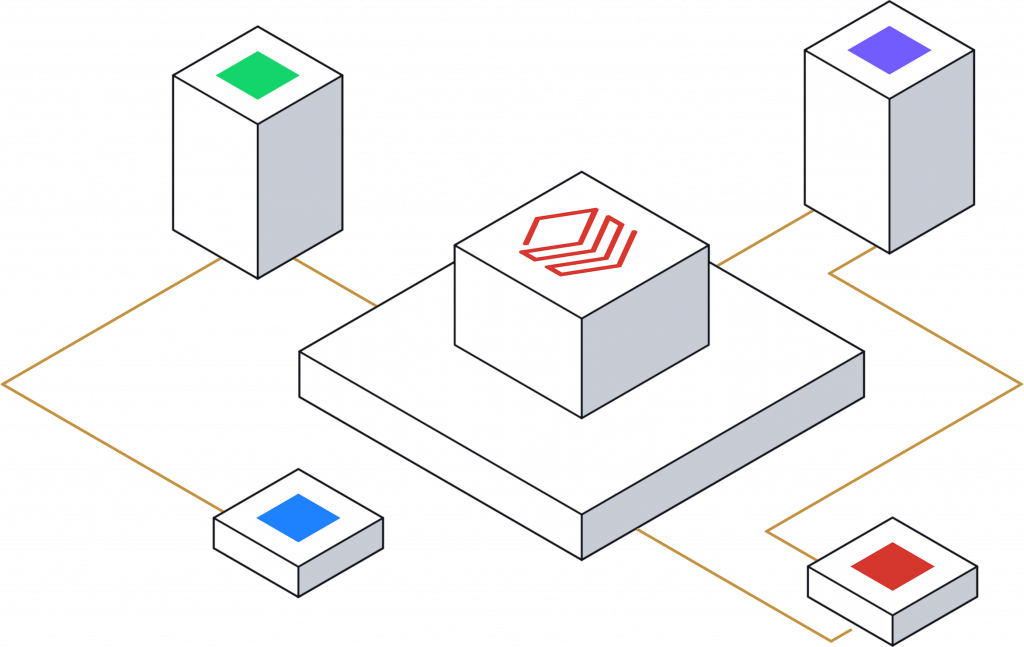What is Python Fernet ? How to use it in 2022?
Last updated on November 11th, 2022 in Privacy
 Python Fernet is a symmetric encryption method. It was created by Google and uses 128-bit AES keys.
Python Fernet is a symmetric encryption method. It was created by Google and uses 128-bit AES keys.
It’s based on the principle of “provable security,” meaning that it’s impossible for someone to decrypt your data without the key. Fernet is written in Python and can be used in any application that supports Python.
In this blog post, we will explore what Python Fernet is, how to use it, and some of the benefits of using it over other encryption methods.
Python Fernet is a encryption module which uses the Advanced Encryption Standard (AES) to encrypt data. It is designed to be used in situations where security is important, such as when sending confidential information over the internet.
Fernet is able to encrypt and decrypt data using a secret key, which means that only those who have the key can access the data. This makes it much more secure than other methods of encryption, such as the Caesar Cipher.
To use Python Fernet, you first need to install it using pip. Once it is installed, you can create a key using the fernet_key command. This key will be used to encrypt and decrypt your data.
To encrypt data, you can use the encode function. This will take your data and return an encrypted version of it. To decrypt data, you can use the decode function. This takes an encrypted string and returns the decrypted version of it.
Python Fernet is a simple yet effective way to protect your data from being accessed by unauthorized individuals. By using a secret key, you can ensure that only those who have the key can access your data.
 Python Fernet is a powerful cryptography library that allows you to encrypt and decrypt data. It is easy to use, and provides a high level of security. Python Fernet is also cross-platform, so it can be used on any operating system.
Python Fernet is a powerful cryptography library that allows you to encrypt and decrypt data. It is easy to use, and provides a high level of security. Python Fernet is also cross-platform, so it can be used on any operating system.
Some of the benefits of using Python Fernet include:
1. Python Fernet is extremely fast and efficient.
2. Python Fernet is very easy to use, with a simple API.
3. Python Fernet is highly secure, using strong encryption algorithms.
4. Python Fernet is cross-platform, so it can be used on any operating system.
Python Fernet is a relatively new encryption tool that has been gaining popularity in the past few years. It is a symmetric key encryption algorithm that uses 256-bit keys to encrypt and decrypt data. Python Fernet is considered to be very secure, and it is often used in applications where security is paramount. In this article, we will show you how to use Python Fernet in 2022.
Python Fernet Recipes
Here are some recipes for using Python Fernet:
1. Encrypting a message:
from cryptography.fernet import Fernet key = Fernet.generate_key() # Generate a new key cipher = Fernet(key) # Create a new cipher object token = cipher.encrypt(b”My secret message”) # Encrypt the message print(token) # Print the encrypted message
2. Decrypting a message:
from cryptography.fernet import Fernet key = b’…’ # The key must be exactly 16, 24 or 32 bytes long cipher = Fernet(key) token = b’…’ # The token must be exactly 16, 24 or 32 bytes long decrypted_message = cipher.decrypt(token) print(decrypted_message)

Passwords for both the connection settings and the variable configuration are encrypted using fernet by the workflow monitoring and scheduling tool Apache Airflow. This makes the passwords more secure against hackers.
Red Hat’s Overcloud — Red Hat’s Overcloud is the company’s OpenStack Platform environment for building and managing network resources in private and public clouds. Fernet keys can be utilized to enable encryption in this environment.
Along with other tools like Databricks, Fernet can help secure personally identifiable information. Since hackers prize this information, it’s crucial to have reliable encryption and authentication systems like fernet to safeguard it.
This is why this is a handy tool in a Python developer’s toolbox is fernet. It attempts to assist them in data security without subjecting them to all of the hazards associated with manually implementing cryptographic primitives.
If you’re considering implementing fernet, you might be asking if it’s a good choice for message encryption and authentication.
The Python Cryptographic Authority, or PyCA for short, is not as authoritative as its name might imply.
PyCA is a loosely knit group of programmers that collaborate to address common cryptography issues in the language, despite the absence of a formal licensing agency to regulate it.
They want to make it easier for programmers to safeguard their applications with their labor.
In this article, we have learned about Python Fernet. We have also seen how to use it in 2022. I hope you find this information useful. Thanks for reading!